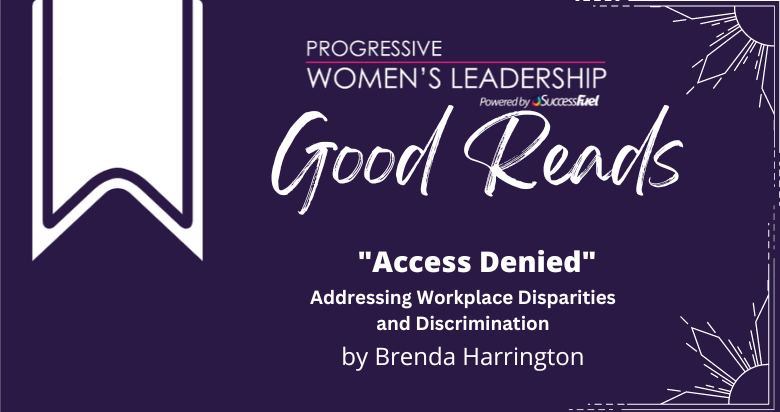

Fostering high-quality women’s leadership opportunities should be a key goal for many organizations, especially those that are trying to bring diversity to their management teams. In today’s business climate, diversity is of utmost importance in the workplace.
Despite the emphasis placed on diversifying leadership teams, the recent pandemic and its effects on the work environment has compounded the challenges that arise when trying to make positive change. However, the past few years have also presented businesses with a unique approach to take as they continue to make efforts –
Hybrid work environments.
Hybrid schedules have provided working professionals with the ability to establish a more well-rounded balance between work life and home life. This solution isn’t perfect, though, as hybrid work environments also increase the likelihood that employees will struggle with burnout, a result that impacts women significantly more than their male counterparts. It is important to actively make the effort to get ahead of the challenges and provide equitable support to the women in your workplace.
Develop Flexibility
Part of what makes hybrid work an overall benefit is the ability to adopt flexible scheduling. Flexible schedules can allow each employee to manage the responsibilities tied to work and home without forcing them to prioritize one over the other.
For the best possible results, flexible work scheduling should become the default work model, available to all employees regardless of gender or personal obligations. Doing so ensures that your work environment remains inclusive and each employee within the company feels that they have the opportunity for better work-life balance – whatever that looks like for each individual.
Acknowledge and Remedy Exclusionary Practices
While hybrid work should be available to all employees within an organization, the frequency at which each individual takes advantage of the option will vary between men and women in the workplace.
Men tend to work remotely less frequently than women, and because of this, women in the workplace may fall victim to exclusionary practices unless preventive measures are in place. Many working professionals believe that employees who are physically in the office have greater chances of being promoted, included in projects, and respected. As a result, women in the workplace are more likely to be disregarded even though they’re performing the same volume of work.
For hybrid work to be a success, there can be no room for proximity bias. Remote versus in-person work should not factor into a worker’s performance. It is worth the effort to acknowledge, recognize, and check in with your virtual employees as often as you would when you see them in the office.
Avoid Making Assumptions
The direction a working professional’s aspirations take should not be the main indicator of his or her desire to progress into leadership roles. In many situations, employees who want to be considered for leadership roles gradually take on more work and responsibilities before directly asking for a higher role. However, this outline shouldn’t be applied to everyone.
Women in the workplace, more often than men, approach leadership opportunities in diverse ways, such as following nontraditional career paths, taking breaks from work, and adjusting their goals in order to meet the demands of their life outside of the office.
For example, a woman in a professional role might take a year off of work to care for an ailing loved one or have a child. Upon returning to work, promotions become available. While she has every skill a promotion requires, management might skip over her as a candidate for the new position because they don’t believe she’s interested in progressing so quickly after her return from absence.
To avoid making assumptions about who wants to pursue a leadership position and who doesn’t, organizations need to expand their search parameters and include unique experiences, dynamic career paths, and measurable skill sets.
Celebrate Hard Work without Creating Toxic Competition
There’s a fine line between showing appreciation for an employee’s hard work and encouraging employees to overwork themselves in the pursuit of praise.
In some ways, hybrid work runs the risk of blurring boundaries between work obligations and free time, and again, women are disproportionately affected. Women are already in a position in which their efforts to perform at their greatest capacity aren’t as easily noticed by management.
To remedy this, employers need to take steps to reduce burnout among all employees by encouraging greater work-life balance and separation. Think about carefully evaluating the work model so the scope of the work performed prevents burnout from occurring among staff members.
Hybrid work environments have highlighted several gender-related challenges in many corporate settings, but it also presents business leaders with a variety of opportunities to improve. These changes can help to create a healthier, more cohesive professional environment.




